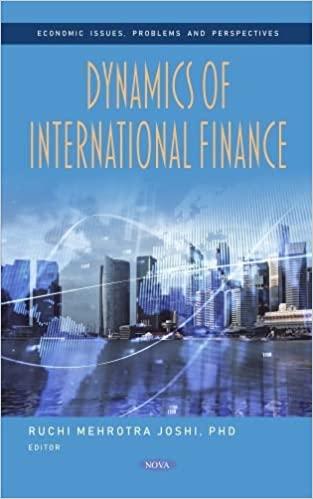Q1. Finance Dept. of Dwell smith Corporation, has been requested to review and analyze ousstanding debt issues for possible refunding. 5 years ago, Owell Smith issued $75 million 12%30 years bonds The issue is callable at a premium of 12% for cach $1000 par value borid. Flotation cost on this issue were $5 million over the 30 years life of issue Investment bank of the company suggested to the finance dept that in today's market company could sell a new 25 years issue at an interest rate of 10%. Both investment bank and Dwell smith corporation anticipate that interest rates will fltctuate below 10% but thcy assumed that interest rate will increase in futare. Company has placed many issues in the capital market during 8 to 10 years. Dwell smith Corporation federal plus- state tax rate is 40% and its deti flotation costs are currently estimated to 6% of the issue value. Finance Dept. condueted refunding analysis by answering the following questions: (10 Marks) a. What is the total dollar call premium required to call the old issue? Is it tox deduetible? What is the net after-tax cost of the call? b. What is the dollar flotation cost on the new issuc? Is it immediately tax deductible? What is the after-tax flotation cost? c. What amounts of old-issue tlatation casts have not been expensed? Can these deferred costs be expensed immediately if the old issue is tefunded? What is the value of the tax savings? d. What is the net after-tax cash outlay required to refund the old issue? e. What are the semi-annual tax savings that arises from amortizing the flotation costs on the new issue? What are the forgone semi-annual tax savings on the ald-issue flotation costs? f. What are the semi-annual after-tax interest savings that would result from the refunding? g. Thus far. Volk has ideatified two future cash flows: (1) the net of new-issue flotation cost tax savings and old-issue flotation cost tax savings that are lost if refunding occurs and (2) aftertax interest savings. What is the sum of these two semi-annual cash flows? What is the appropriate discount rate to apply to these future cash flows? What is their present value? h. What is the NPV of refunding? Should GST refund now or wait until fater? Q1. Finance Dept. of Dwell smith Corporation, has been requested to review and analyze ousstanding debt issues for possible refunding. 5 years ago, Owell Smith issued $75 million 12%30 years bonds The issue is callable at a premium of 12% for cach $1000 par value borid. Flotation cost on this issue were $5 million over the 30 years life of issue Investment bank of the company suggested to the finance dept that in today's market company could sell a new 25 years issue at an interest rate of 10%. Both investment bank and Dwell smith corporation anticipate that interest rates will fltctuate below 10% but thcy assumed that interest rate will increase in futare. Company has placed many issues in the capital market during 8 to 10 years. Dwell smith Corporation federal plus- state tax rate is 40% and its deti flotation costs are currently estimated to 6% of the issue value. Finance Dept. condueted refunding analysis by answering the following questions: (10 Marks) a. What is the total dollar call premium required to call the old issue? Is it tox deduetible? What is the net after-tax cost of the call? b. What is the dollar flotation cost on the new issuc? Is it immediately tax deductible? What is the after-tax flotation cost? c. What amounts of old-issue tlatation casts have not been expensed? Can these deferred costs be expensed immediately if the old issue is tefunded? What is the value of the tax savings? d. What is the net after-tax cash outlay required to refund the old issue? e. What are the semi-annual tax savings that arises from amortizing the flotation costs on the new issue? What are the forgone semi-annual tax savings on the ald-issue flotation costs? f. What are the semi-annual after-tax interest savings that would result from the refunding? g. Thus far. Volk has ideatified two future cash flows: (1) the net of new-issue flotation cost tax savings and old-issue flotation cost tax savings that are lost if refunding occurs and (2) aftertax interest savings. What is the sum of these two semi-annual cash flows? What is the appropriate discount rate to apply to these future cash flows? What is their present value? h. What is the NPV of refunding? Should GST refund now or wait until fater







